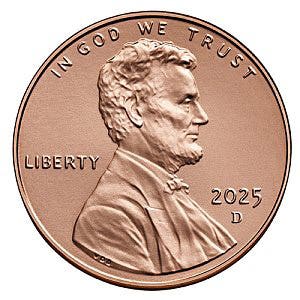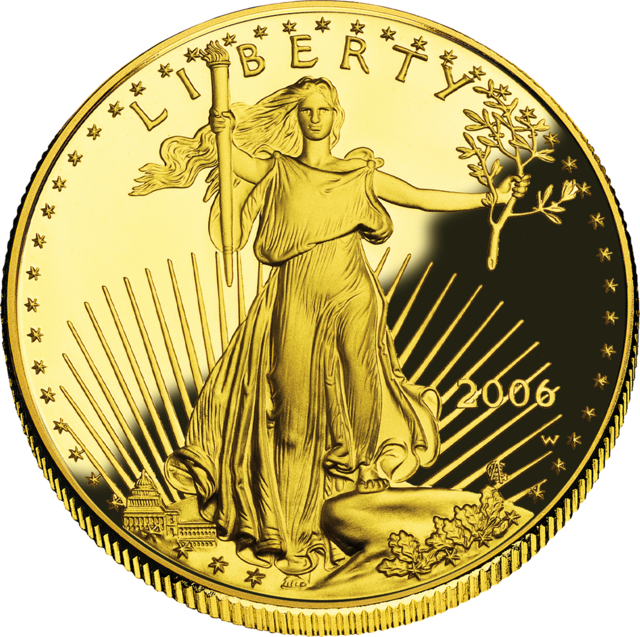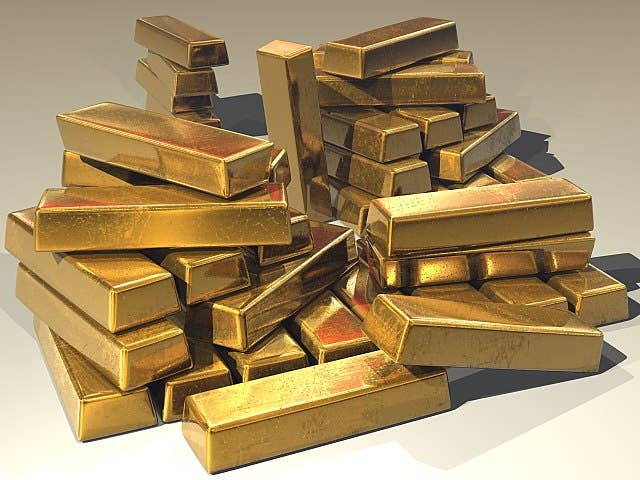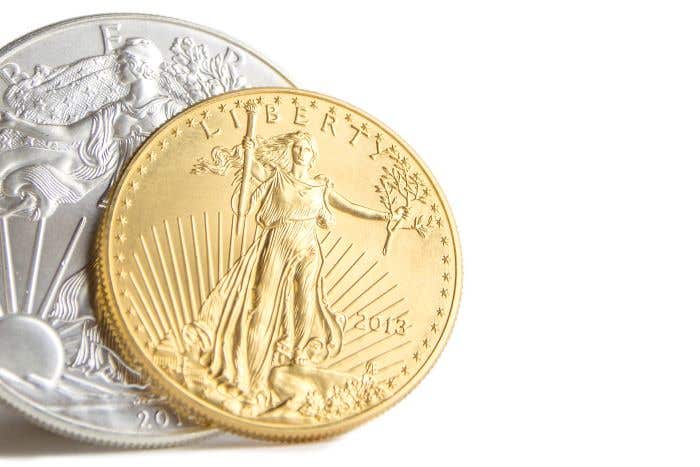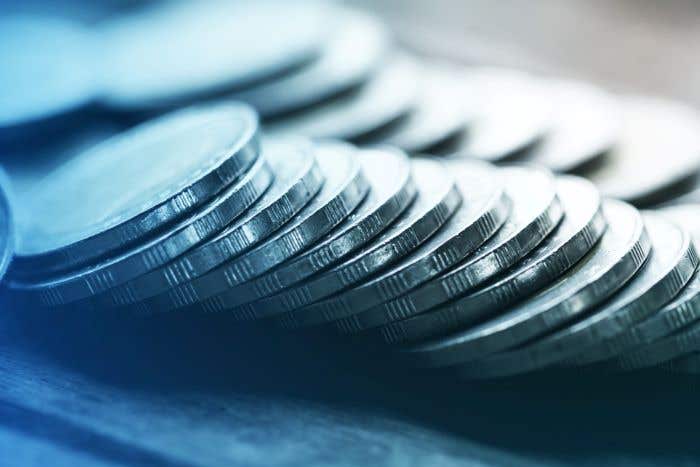Market Successfully Weathers Economic Storm
Ultra-rare coins seldom offered for sale continue to dominate the coin collecting field. In late August, a 1927-D Saint-Gaudens $20 double eagle was auctioned for $4.44 million as the Bob…
Ultra-rare coins seldom offered for sale continue to dominate the coin collecting field. In late August, a 1927-D Saint-Gaudens $20 double eagle was auctioned for $4.44 million as the Bob R. Simpson Collection continues to be liquidated. From the same collection, an 1825/4/1 Capped Bust $5 half eagle in Professional Coin Grading Service PF-67 Cameo was bid to $4.08 million. This was more recently followed by an 1821 Capped Bust Left $5 half eagle that realized $4.62 million in what Heritage Auctions referred to as “furious competitive bidding” (70 bids). The latter coin was part of a collection of 450 U.S. gold coins estimated to be worth about $60 million, originating from the Harry W. Bass Jr. collection, much of which will be sold at a later date. Where a million-dollar coin was at one time almost unheard of, coins selling in excess of that figure have become a more frequent occurrence.
Early U.S. bank notes are also hot. As one example, a $10 V.P. Hendricks $10 (Friedberg 291) commanded a price of $78,000 in MS-65 in an August sale.
The balance of the numismatic collectibles market is more likely impacted by the economic downturn and subsequent deterioration of discretionary money as well as the decline in the spot price of gold and silver. Under the circumstances, the overall market for coins (and bank notes) has remained surprisingly strong. The fact that those owning outstanding rarities are willing to take the chance of selling them at auctions in a fragile economy speaks volumes for the confidence these consignors have in the strength of the overall as well as the rare coin market.





